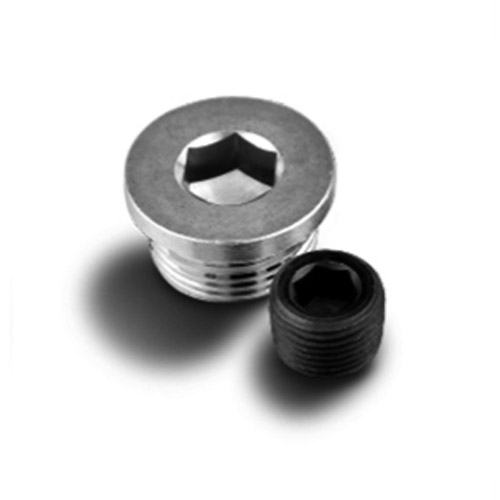

Understanding the Importance of Double Stud Bolts in Engineering Applications
Dec . 11, 2024 23:10 Back to list
Understanding the Importance of Double Stud Bolts in Engineering Applications
Understanding Double Stud Bolts An Essential Component in Mechanical Engineering
In the world of mechanical engineering and construction, the importance of strong and reliable fastening systems cannot be overstated. Among these systems, double stud bolts play a vital role, offering benefits that enhance both safety and efficiency in various applications. This article delves into the functionality, advantages, and applications of double stud bolts, providing a comprehensive overview for engineers and construction professionals.
What is a Double Stud Bolt?
A double stud bolt, as the name suggests, features two threaded ends (or studs) extending from a single central body. The design allows for easy installation and removal, making it a preferred choice for securing heavy components in machinery and structural frameworks. Typically made from high-strength materials such as steel, these bolts are engineered to withstand significant loads, shear forces, and torsional stresses.
Functionality and Design
The dual-threaded nature of double stud bolts means they can engage with two separate components simultaneously. For example, when securing a flange to a vessel, one stud can be threaded into the flange while the other connects to the adjacent structure. This configuration ensures an even distribution of force and reduces the risk of loosening over time, a common issue faced with traditional single stud applications.
Additionally, the use of cylindrical nuts allows for accurate torque application, which is crucial in high-pressure environments. Engineers appreciate this feature, as it enables precise control over the clamping force, reducing the likelihood of bolt failure due to over-tightening or under-tightening.
Advantages of Double Stud Bolts
1. Enhanced Load Distribution With their dual-threaded design, double stud bolts distribute loads more evenly across mating surfaces, reducing localized stress and enhancing the overall integrity of connections.
2. Time Efficiency These bolts can simplify assembly processes, as they can be installed and removed from both ends simultaneously. This feature is particularly beneficial in tight or hard-to-reach spaces where traditional bolts might require more time for installation.
3. Versatility Double stud bolts are versatile and can be utilized in a myriad of applications, ranging from oil and gas pipelines to construction structures and heavy machinery. Their ability to handle different loads makes them suitable for various industries.
double stud bolt

4. Reduced Risk of Loosening The design significantly minimizes the risk of bolt loosening due to vibration or thermal expansion. This is a critical advantage in dynamic environments where movement is frequent.
5. Improved Safety In industrial settings, the safety of personnel and equipment is paramount. With double stud bolts, engineers can ensure that critical components are securely fastened, mitigating the risk of failure that could lead to accidents.
Applications in Various Industries
Double stud bolts find applications across several industries, including
- Construction Used in steel structures, bridges, and high-rise buildings, these bolts ensure that heavy loads are effectively secured.
- Oil and Gas In pipelines and equipment connections, double stud bolts maintain integrity under high-pressure conditions, preventing leaks and ensuring operational safety.
- Automotive Used in engine assembly and critical component fastening, they contribute to the overall durability and reliability of vehicles.
- Aerospace These bolts are essential in securing various components of aircraft, where safety and reliability are non-negotiable.
Conclusion
In conclusion, double stud bolts are a vital component in the toolbox of mechanical engineering and construction. Their design offers numerous advantages, including enhanced load distribution, time efficiency, versatility, and improved safety. As industries continue to evolve and demand higher standards in fastening technology, double stud bolts will remain a key player in ensuring the resilience and reliability of structures and machinery. Understanding their functionality and applications is crucial for professionals seeking to optimize their designs and improve operational safety.
Latest news
-
Hot Dip Galvanized Bolts-About LongZe|High Strength, Corrosion Resistance
NewsJul.30,2025
-
High-Strength Hot Dip Galvanized Bolts - Hebei Longze | Corrosion Resistance, Customization
NewsJul.30,2025
-
Hot Dip Galvanized Bolts-Hebei Longze|Corrosion Resistance&High Strength
NewsJul.30,2025
-
High-Strength Hot-Dip Galvanized Bolts-Hebei Longze|Corrosion Resistance&High Strength
NewsJul.30,2025
-
Hot Dip Galvanized Bolts-Hebei Longze|Corrosion Resistance&High Strength
NewsJul.30,2025
-
Hot Dip Galvanized Bolts - Hebei Longze | Corrosion Resistance, High Strength
NewsJul.30,2025

